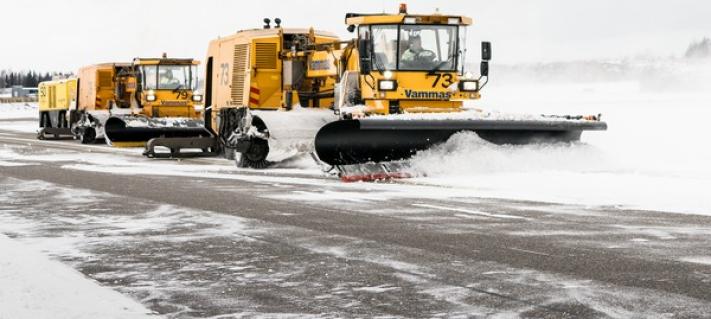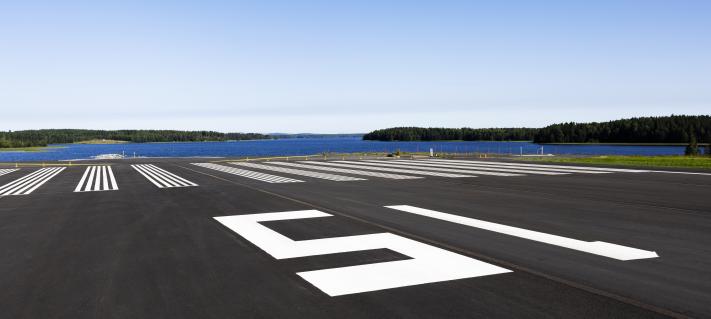Good environmental work is part of Finavia's corporate responsibility. Our Sum of Good Things series highlights details of Finavia's responsibility work. This instalment focuses on the production of solar energy at Finavia.
Solar power panels are being installed on the roof of the new west wing at Helsinki Airport. The panels are part of the airport’s own solar power plant, whose first part was inaugurated almost two years ago. The extension will start producing energy gradually by the beginning of summer 2019. Its full capacity will be approximately 330 kWp (the maximum capacity produced by the panels under standard circumstances).
When it comes to the installation, precision is key. To maximise efficiency in Finland’s northern conditions, the panels must be carefully set up in the optimal direction. In an airport environment, the panels’ reflection effect must be considered.
“Solar panel systems cannot disturb aviation in any way. The direction and angle of the panels shall create no reflections on the glide paths, runways or in air traffic control,” says Johanna Kara, Environmental Specialist at Finavia.
The production of solar power will continue to grow
Helsinki Airport has been certified as carbon neutral, and the production of renewable energy plays an essential role in achieving carbon neutrality. The electricity used by the airport is mostly produced via wind energy, with some solar power in the mix. The growing rooftop solar panel grid will produce around 5% of the energy required in the new terminal extensions.
“Next, some solar panels will be installed on the façade of the parking hall, which will be completed next year. The panels will almost cover the entire wall, and the energy produced will be used to recharge electric cars,” Kara says.
Once this part of the power plant is in use, the solar power production capacity at Helsinki Airport will reach approximately 660 kWp. This will make Helsinki Airport’s solar power plant the largest airport power plant in the Nordics, and a large solar power plant in itself (for Finland, at least).
Finavia intends to extend the use of solar power in the future, and it is finding places for new systems.
“There are opportunities for additional production. After all, we’ve got plenty of roof area and suitable land areas,” Kara states.
“Although wind power plays a bigger role in Finland, it pays to make the most out of sunlight, too. It’s wonderful how the production costs of solar power have gone down.”
The production of solar power is part of the action points defined in Finavia’s climate programme, which help to decrease emissions at Finnish airports. Corporate responsibility and sustainable development are the foundation of Finavia’s business – afterall, they are large entities that are carefully built every day, panel by panel.



